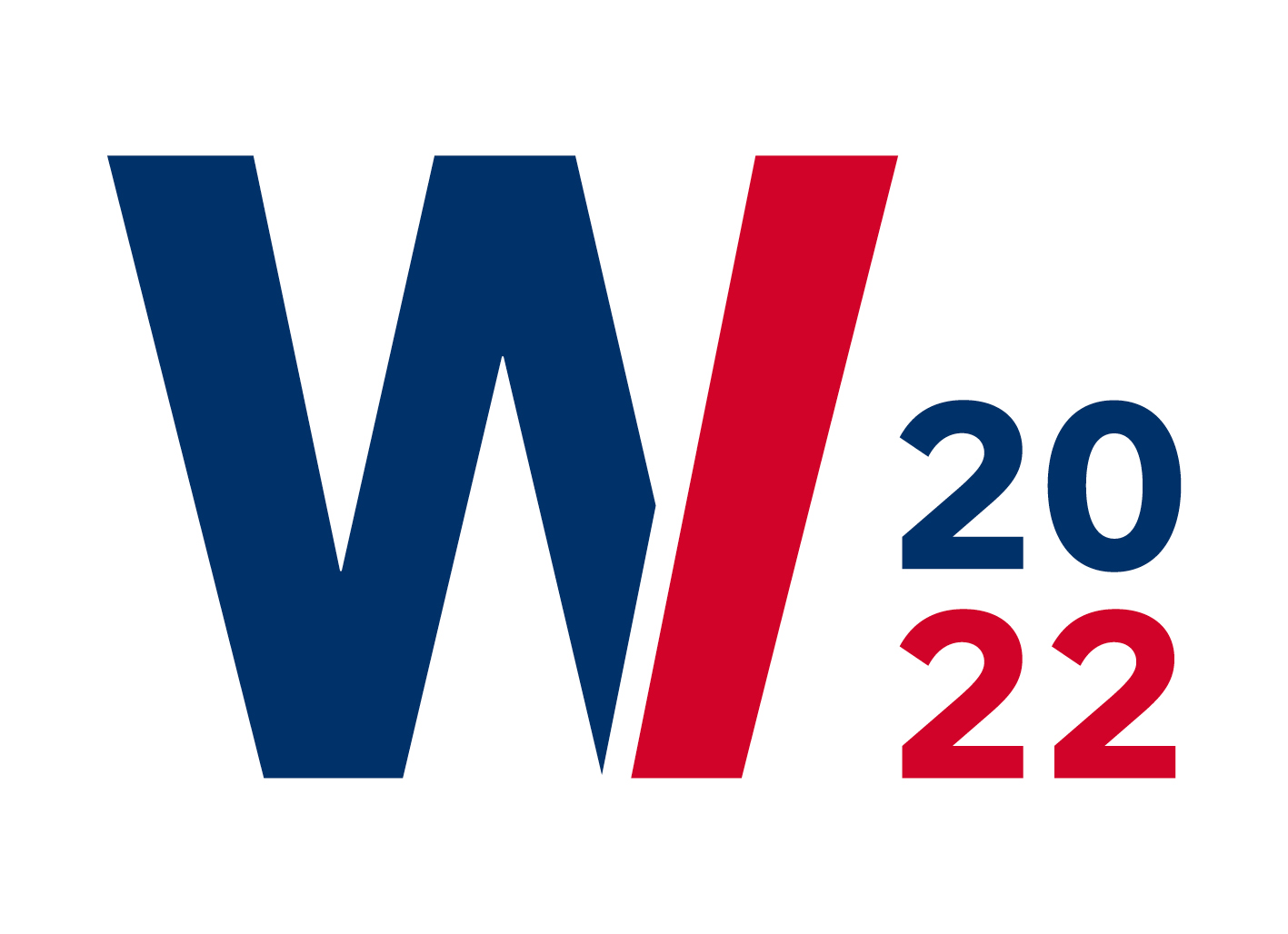Loading...
Description
Formulating design principles is the primary mechanism to codify design knowledge which elevates its meaning to a general level and applicability. Although we can observe a great variety of abstraction levels in available design principles, spanning from more situated to more generic levels, there is only limited knowledge about the corresponding (dis-)advantages of using a certain level of abstraction. That is problematic because it hinders researchers in making informed decisions regarding the (intended) level of abstraction and practitioners in being oriented whether the principles are already contextualized or still require effort to apply them within their situation. Against this backdrop, this paper (1) explores different abstraction levels of design principles based on a sample of 69 principles from the chatbot domain, as well as (2) provides a preliminary positioning framework and lessons learned. We aim to complement methodological guidance and strengthen the principles' applicability, ultimately leading to knowledge reuse.
Recommended Citation
Wache, Hendrik; Möller, Frederik; Schoormann, Thorsten; Strobel, Gero; and Petrik, Dimitri, "Exploring the Abstraction Levels of Design Principles: The Case of Chatbots" (2022). Wirtschaftsinformatik 2022 Proceedings. 6.
https://aisel.aisnet.org/wi2022/design_science/design_science/6
Exploring the Abstraction Levels of Design Principles: The Case of Chatbots
Formulating design principles is the primary mechanism to codify design knowledge which elevates its meaning to a general level and applicability. Although we can observe a great variety of abstraction levels in available design principles, spanning from more situated to more generic levels, there is only limited knowledge about the corresponding (dis-)advantages of using a certain level of abstraction. That is problematic because it hinders researchers in making informed decisions regarding the (intended) level of abstraction and practitioners in being oriented whether the principles are already contextualized or still require effort to apply them within their situation. Against this backdrop, this paper (1) explores different abstraction levels of design principles based on a sample of 69 principles from the chatbot domain, as well as (2) provides a preliminary positioning framework and lessons learned. We aim to complement methodological guidance and strengthen the principles' applicability, ultimately leading to knowledge reuse.


